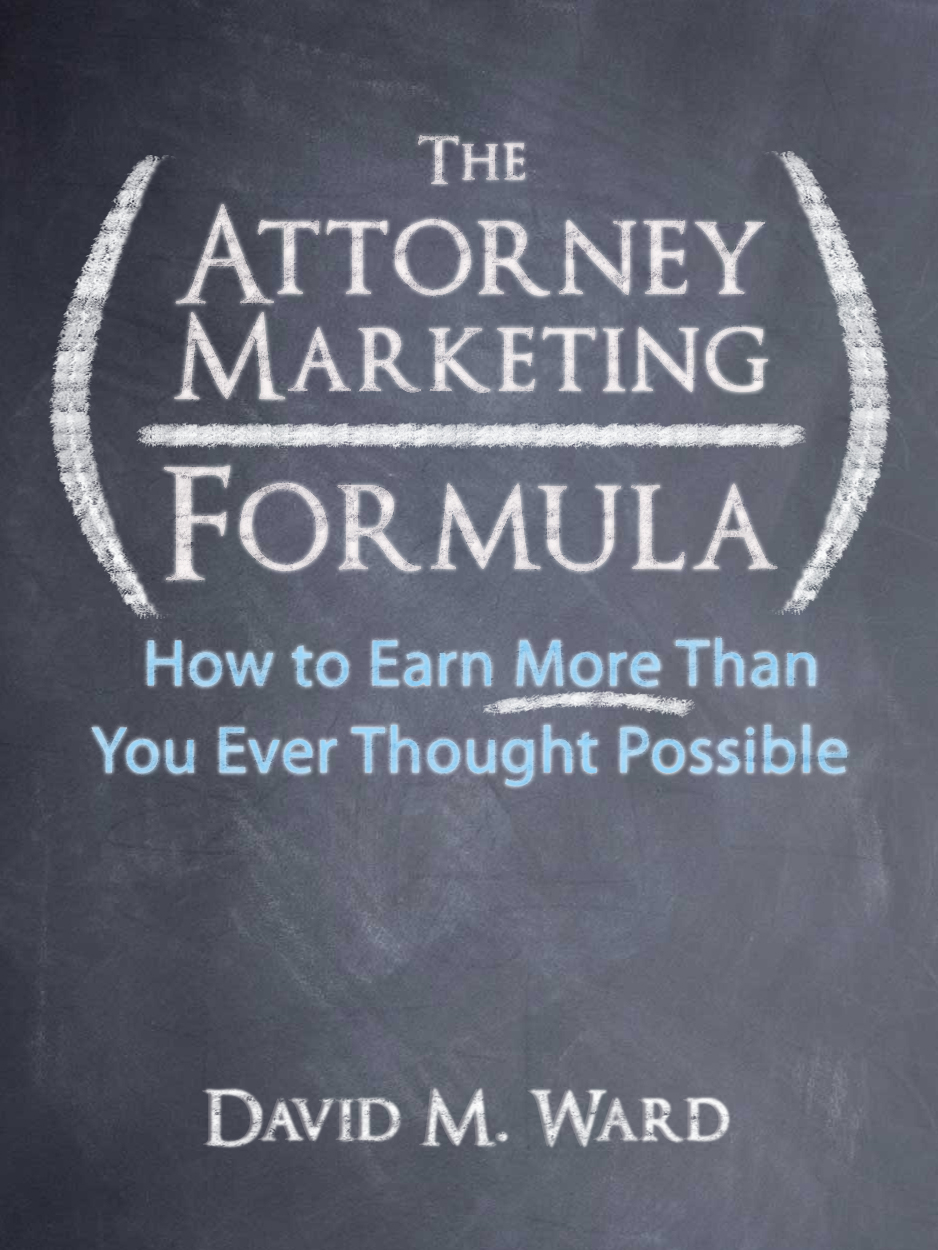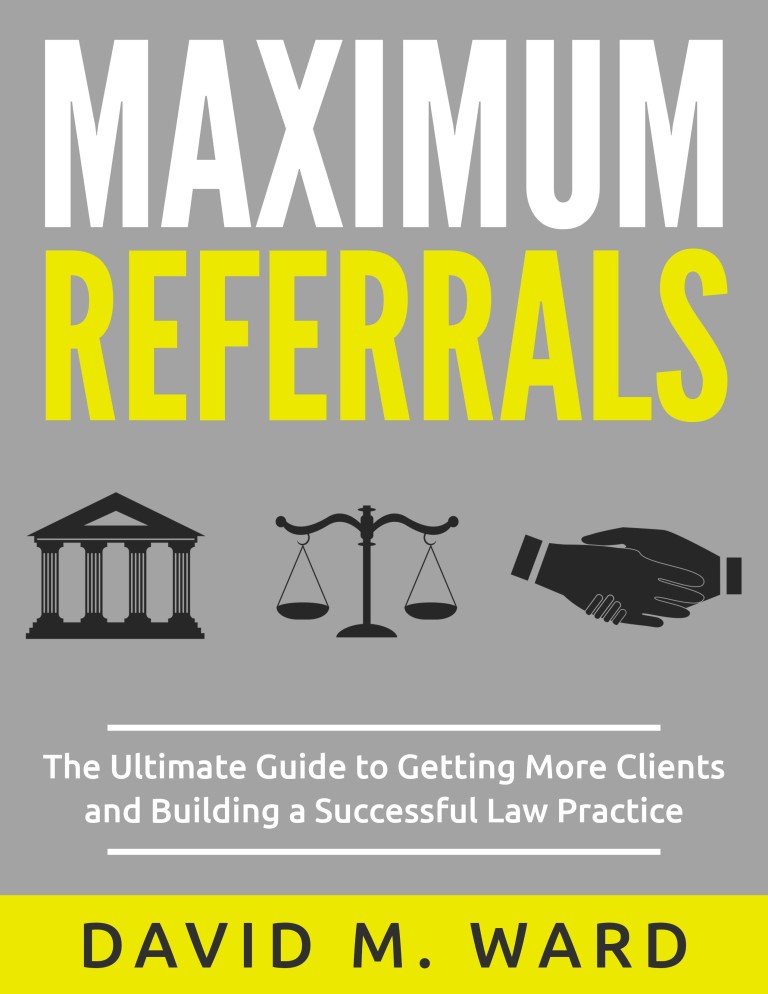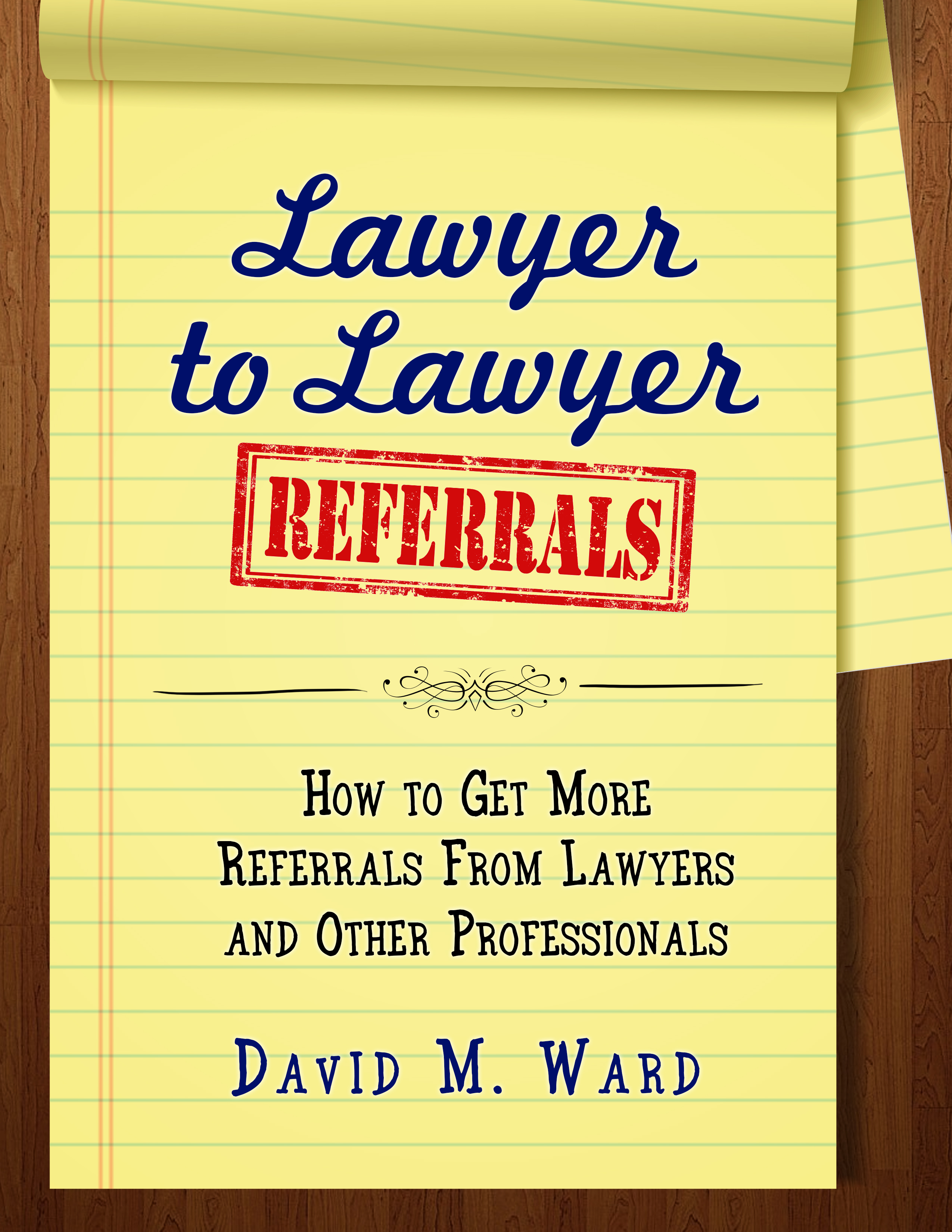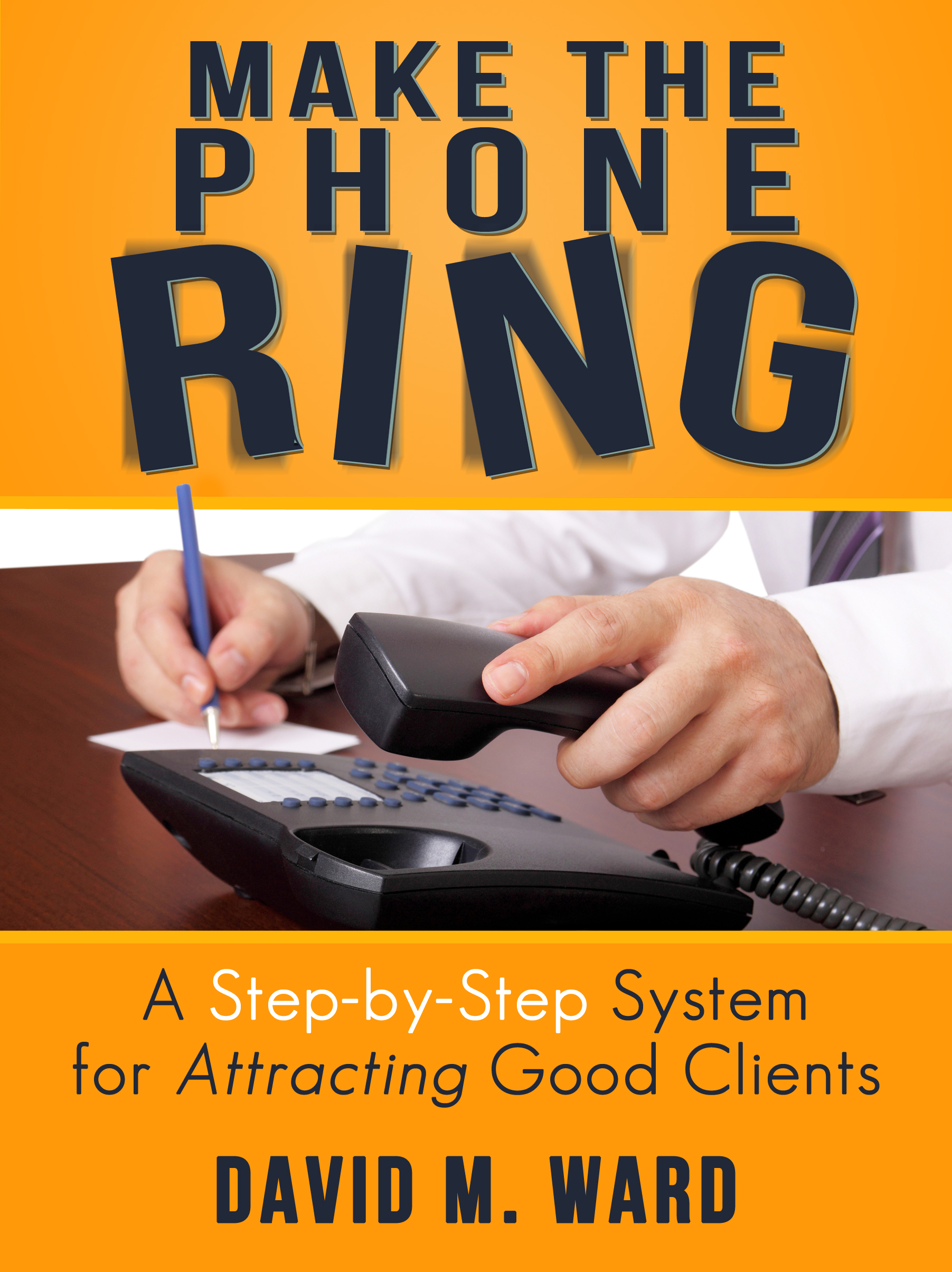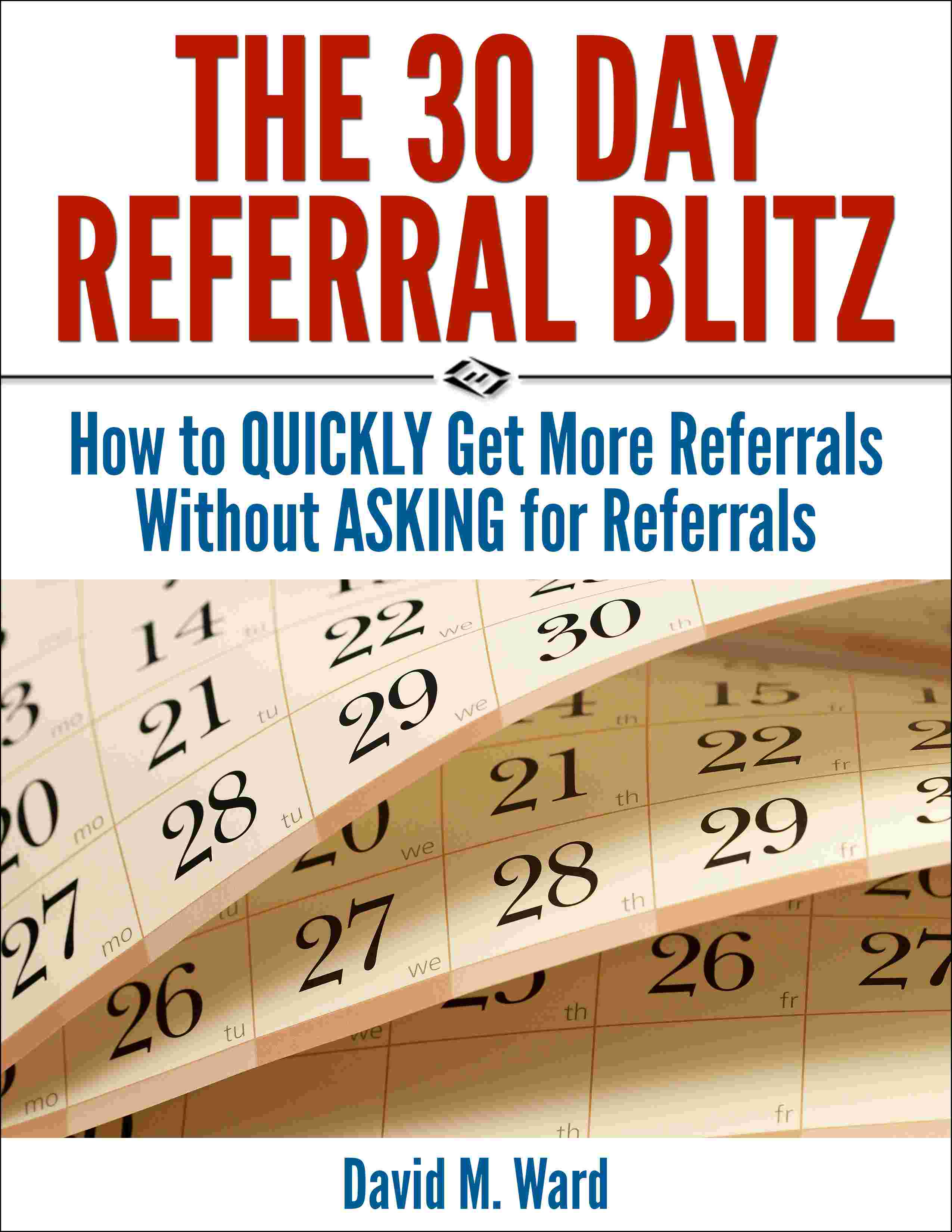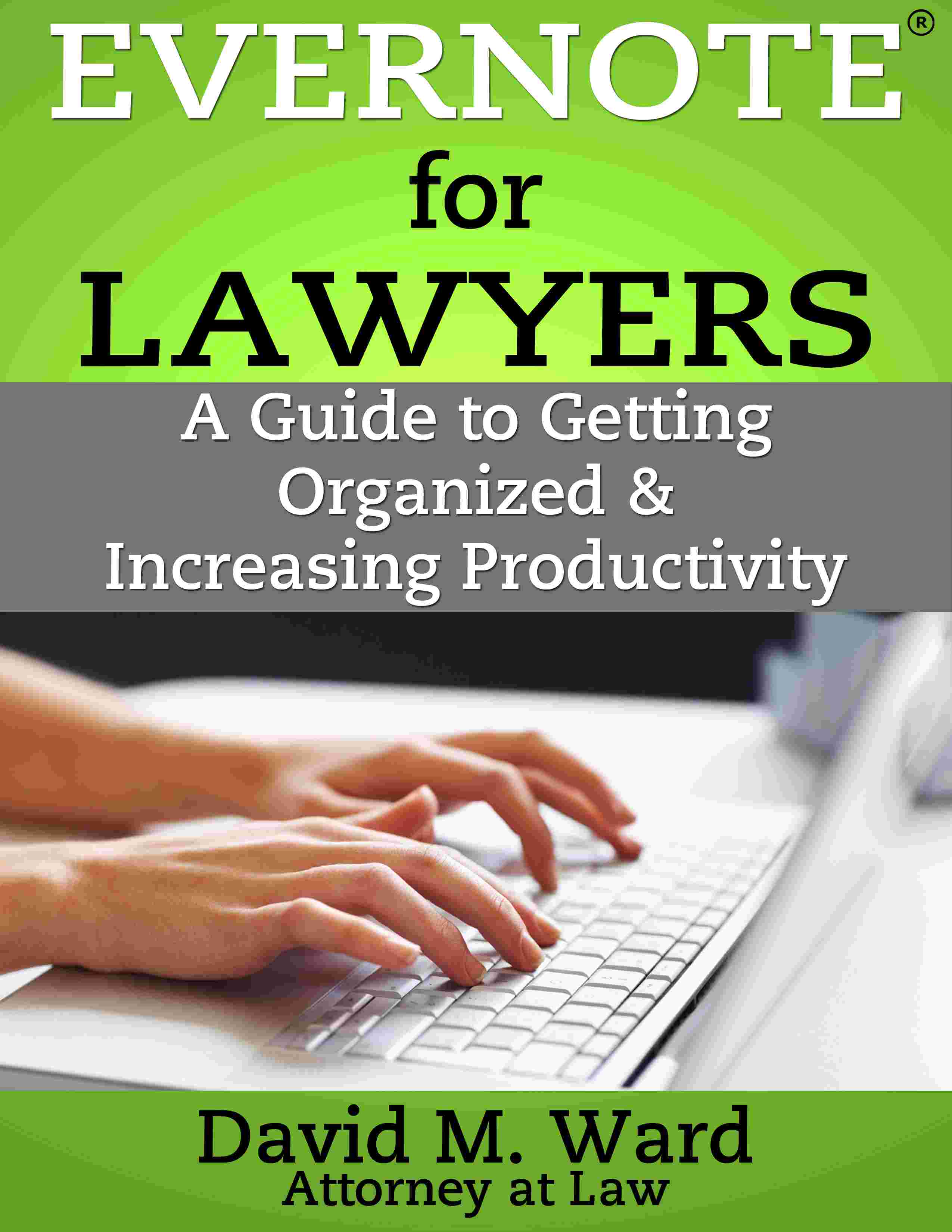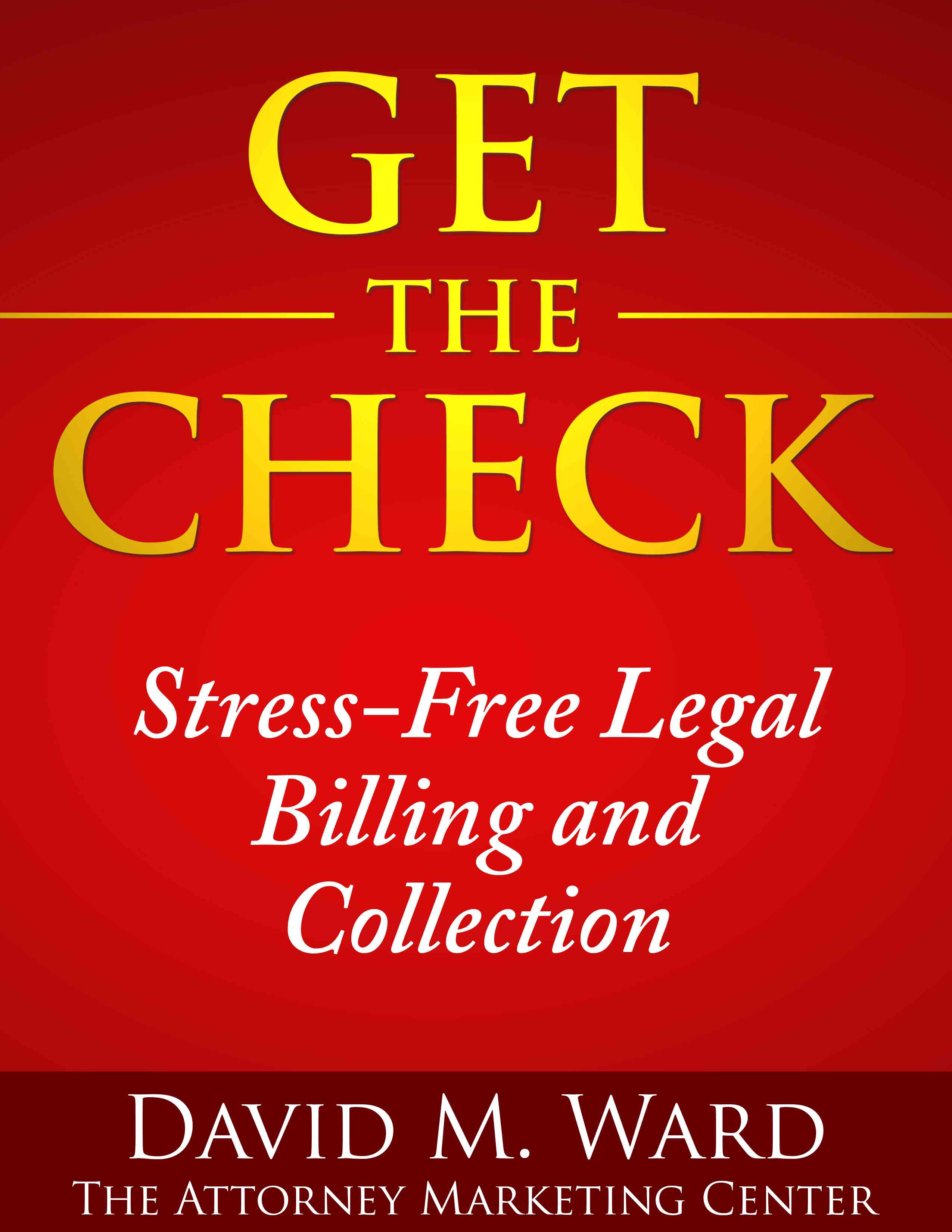When we want someone to do something we usually tell them what they will get if they do. We tell the prospective client the benefits for hiring us, the visitor to our website what our newsletter will help them learn and be able to do, and this is often enough to get them to take the next step.
But there is something that is often more persuasive than telling people the benefits they get for doing what we’re asking them to do.
More powerful than telling people what they gain if they do something–telling them what they lose if they don’t.
We tell the prospective client what might happen if they don’t have a lawyer protecting them from the insurance company, or they don’t choose us as that attorney. We tell the client what might happen if they don’t settle, or what might happen if they do.
We invoke their innate “fear of loss” (or Fear of Missing Out) and it often seals the deal.
Because humans fear losing something already in their possession.
Fear of loss is often much more motivating than the desire for gain and you should use it in your marketing and in working with your clients.
When you do, don’t limit your message to the big things they might lose (or gain). Sometimes, it’s the little things that close the deal.
For example, some prospective clients might choose your firm instead of another not because you’re demonstrably the best choice but because the picture of what it’s like working with you appeals to them.
They like your personality, the way you write your articles, the causes you’ve talked about, or even the great Christmas parties you throw.
And they don’t want to miss out on that.
Make sure you show prospective clients the whole package that is you. Because if you don’t, they might not see the one thing that tips the balance in your favor.
And hire someone else.

